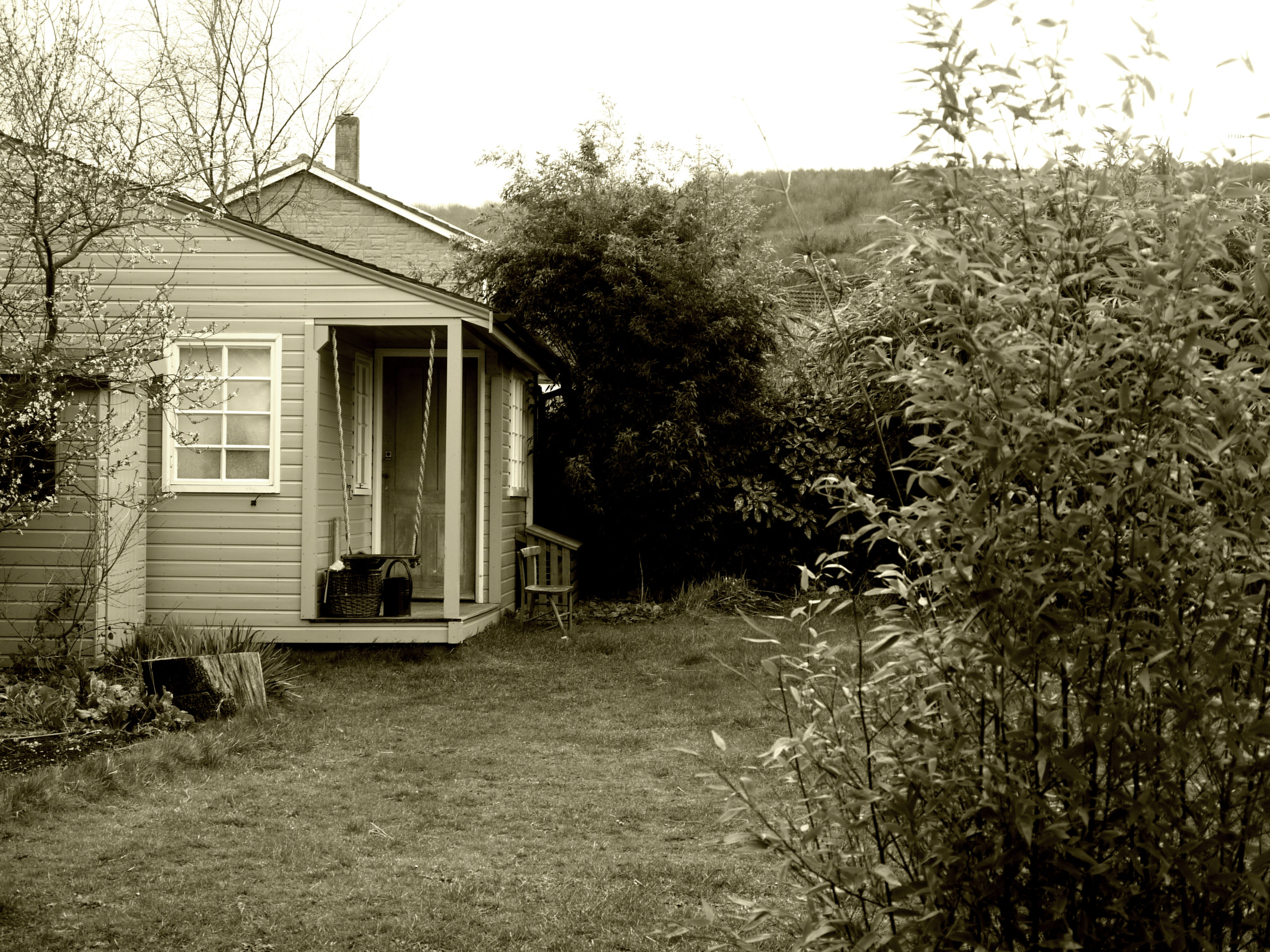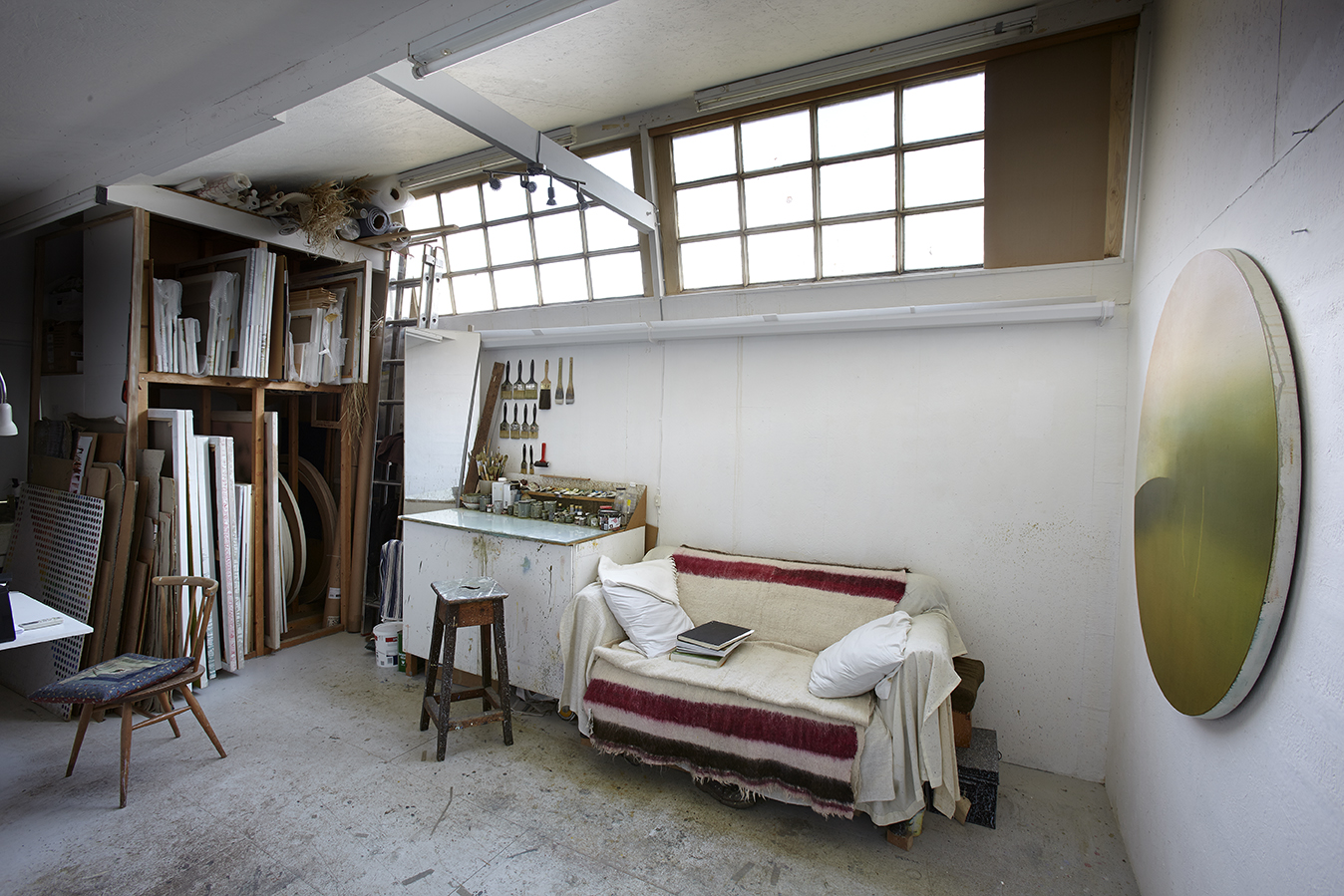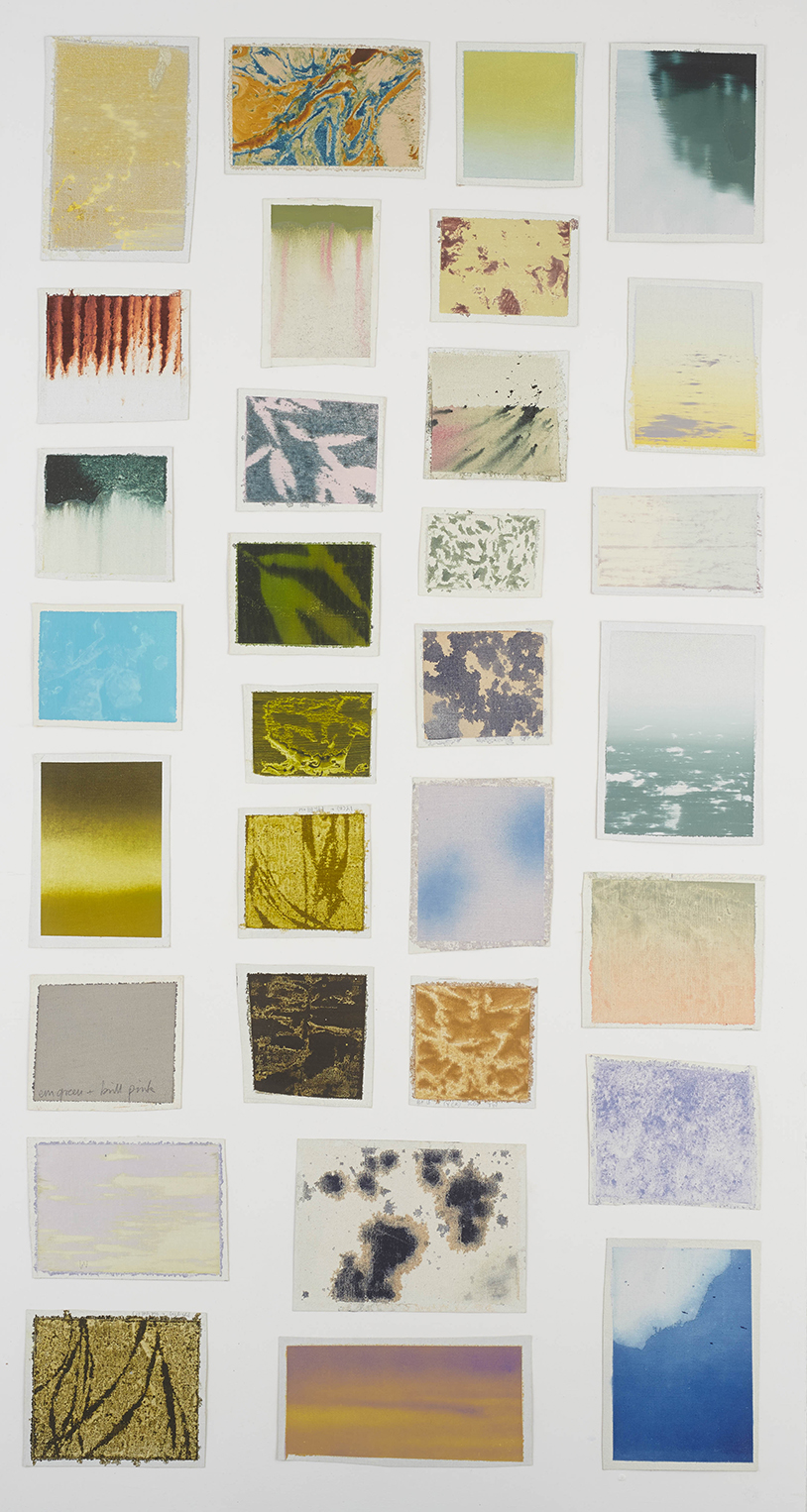Nicholas Jones
The Seen and the Unseen
(The painter) must be endowed with both imagination and skill in the hand, to discover unseen things beneath the obscurity of natural objects, and to arrest them with the hand, presenting to the sight that which did not before appear to exist.’
Cennino Cennini (c. 1370 – c. 1440)
‘Our perennial spiritual and psychological task is to look at things familiar until they become unfamiliar again.’
GK Chesterton
One of the great pleasures of my life is the daily short, slow walks I take down the lanes and through the fields and woods that surround our Somerset home. It is astonishing what wonders can be seen if one takes the time to look. I try to keep my eyes open to the gifts waiting to be received: reflections in the pond in the old orchard, birds flitting down the hedgerows, the first star appearing above the hill, the cycle of the seasons and the ever-changing light. What I do in the studio is a response to what I have seen on these walks, although it is supplemented by memories of journeys further afield, and dreams of places of which I have only read, or seen in photographs or film. My desire as an artist is simply to celebrate this endless beauty through the creation of paintings which are, in some small way, beautiful in themselves.
I work on a large number of paintings concurrently, starting new canvases on consecutive studio days until between 10 and 30 are under way. I then return to the first canvas and work my way through them all again in turn. This process continues over a period of months, or even a year. I find this enables me to work with increased courage, momentum and efficiency. The images evolve through a process of exploration, elimination and refinement. When I begin a canvas, I generally have little idea what the final picture will look like. I would hope that each canvas might progress from something hazy and indistinct towards something that is crisp, graceful and seemingly effortless. So, beginning with areas of painted sky and washes of colour I set off with not much of a plan other than to be open and experimental.
I routinely use a whole range of unconventional tools in an attempt to create fresh marks and textures that leave little evidence of brush-work or my own hand: plastic sheeting, newspaper, stencilling, syringes, draught excluders, carpet and kitchen brooms. I do numerous practice-runs on small squares of canvas in order to maximize the chances of achieving the desired effect (Fig. 3). I then select and work round the parts that seem to be most evocative in order to draw them out, open up space, and create a balanced and coherent whole. Sometimes ‘controlled accidents’ or more drastic measures are needed as a catalyst for forcing an uncooperative painting to take a new turn. The majority of paintings I begin never work out. It can be frustrating, but I am amply rewarded by that exhilarating moment when something unexpected happens and a painting suddenly springs to life.
For me painting is a strange dance between, on the one hand, being in control and making the decisions, and on the other, simply being responsive to the paint and tuning into the painting itself (which sometimes seems to choose its own course). I would hope that my presence and hand are hardly felt by the viewer, if at all.
There is an obvious difference between a painting that is still in progress and one that is finished. The completed work has a far greater intensity, simplicity and presence. It will successfully evoke for me a specific landscape-emotion or experience; these feelings usually fall somewhere between awe and tenderness. Such a painting will somehow succeed in distilling something of the transient beauty of the natural world just as a well-constructed haiku evokes a whole visual or emotional experience.
Paul Klee wrote, that ‘Art does not reproduce the visible; it makes visible.’ It is my hope that these paintings will not only be satisfying to look at and rewarding to live with, but may perhaps even enable people to see the beauty in the world around them with fresh eyes.
Nicholas Jones
February 2014


